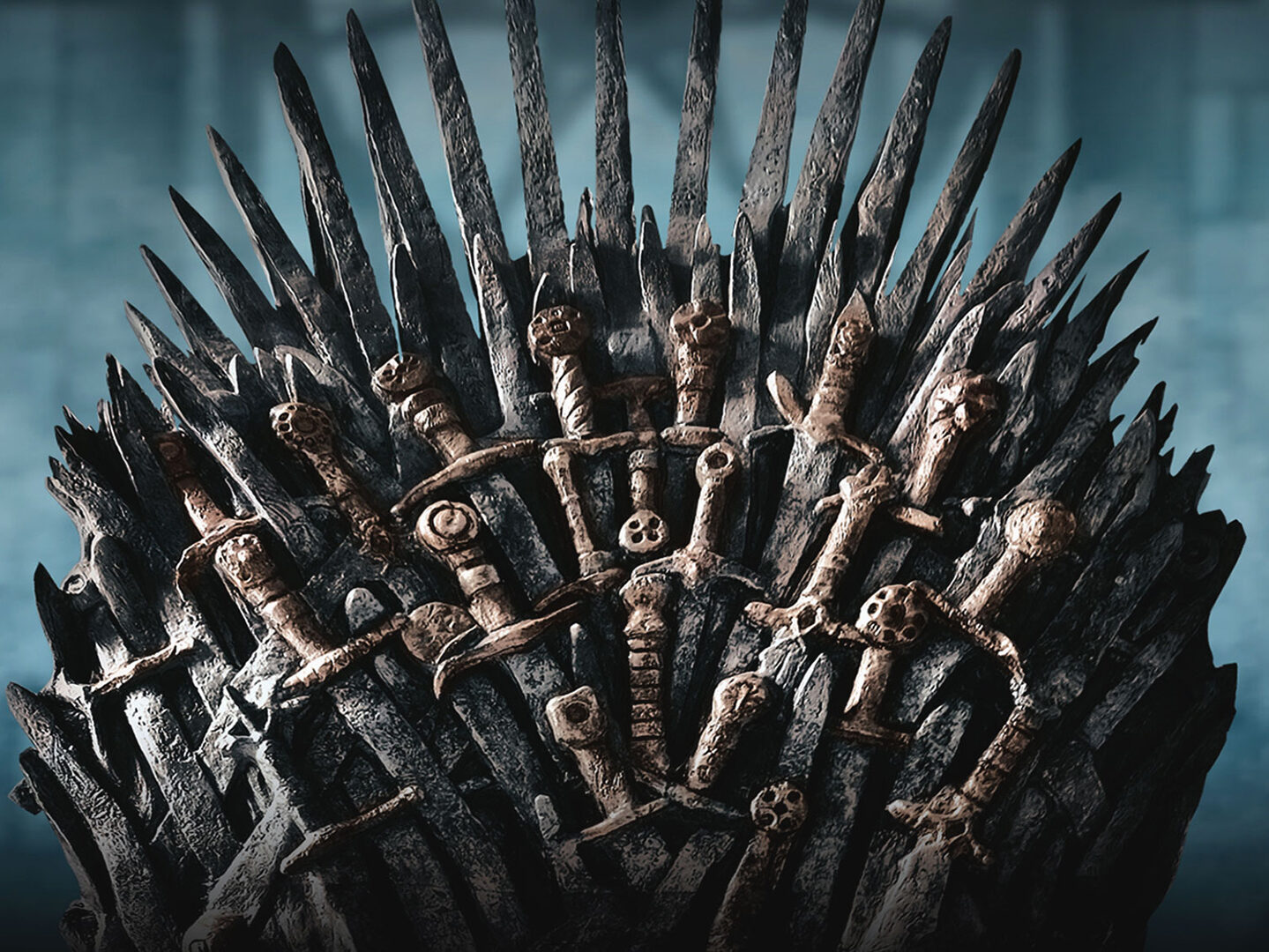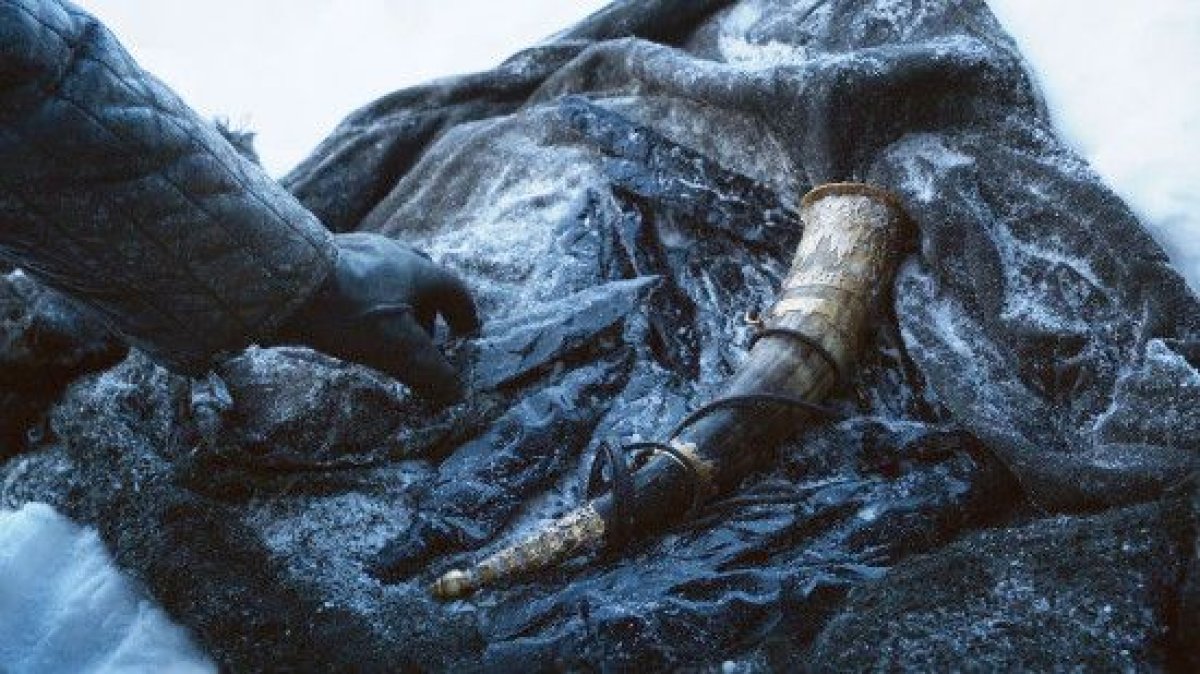Objective:
Students will explore how decisions about resource allocation today can influence future production possibilities. They will analyze the tradeoffs between consumption and investment and understand how these choices drive long-term economic growth and shift the Production Possibilities Curve (PPC) outward.
Materials Needed:
- Game of Thrones clip or summary of Samwell Tarly’s research on dragonglass and the Night King.
- Handouts explaining the PPC, investment vs. consumption, and factors of economic growth.
- Graphs to illustrate how different allocations affect future PPC shifts.
Lesson Steps:
1. Introduction (10 minutes):
- Define the Production Possibilities Curve (PPC): A graphical representation of tradeoffs between two goods that can be produced with limited resources.
- Introduce the concept of economic growth: An outward shift of the PPC due to factors like investment in capital, technology, and infrastructure.
- Explain the tradeoff between consumption (immediate satisfaction) and investment (future growth).
2. Viewing Clip (5 minutes):
- Show or summarize the Game of Thrones scene where Samwell Tarly prioritizes researching dragonglass as a means to combat the White Walkers.
- Highlight how Sam’s decision reflects an investment in future capabilities rather than immediate gratification.
3. Group Discussion (15 minutes):
- Divide students into small groups to discuss:
- How does the PPC illustrate the tradeoffs Sam faced?
- What is the opportunity cost of focusing on dragonglass research?
- How might this decision influence the future PPC of the Night’s Watch?
- What parallels can you draw to real-world examples of investment in research or infrastructure?
4. Concept Application (20 minutes):
- Case Study Analysis:
- Provide real-world examples of investment vs. consumption tradeoffs:
- Investing in education or infrastructure vs. increasing consumer spending.
- Research and development in renewable energy vs. immediate use of fossil fuels.
- Ask students to analyze:
- How these decisions impact today’s PPC.
- How they influence the potential for future growth and shift the PPC outward.
- The opportunity costs involved in prioritizing investment over consumption.
- Provide real-world examples of investment vs. consumption tradeoffs:
5. Wrap-Up and Reflection (10 minutes):
- Summarize key takeaways:
- Decisions about resource allocation today influence future production capabilities.
- Investing in capital, technology, and infrastructure drives long-term economic growth and shifts the PPC outward.
- Balancing consumption and investment is critical for sustainable growth.
- Pose a reflective question: How would you balance short-term satisfaction with long-term growth in your own life or a business setting?
6. Activity or Homework (20 minutes):
- Design a Resource Allocation Plan:
- Present students with a hypothetical economy producing two goods: food (consumption) and tools (investment).
- Groups decide how to allocate resources between the two today, considering:
- Immediate needs and satisfaction.
- Long-term benefits and future PPC shifts.
- Groups illustrate their decisions on a PPC graph and predict how their choices will influence future production possibilities.
- Facilitate a discussion: How do investment-heavy allocations affect the standard of living in the short and long term?

